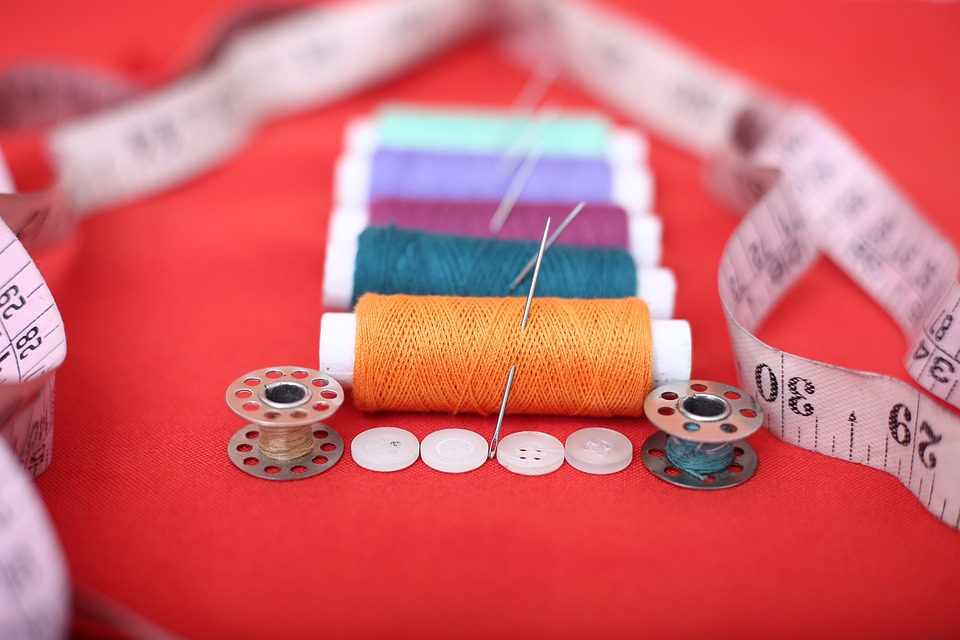Snap buttons, also known as press studs or press fasteners, have been a staple in the world of fastening devices for over a century. They have a wide range of uses, from clothing and accessories to industrial and automotive equipment. These small, convenient, and practical fasteners have a rich history that dates back to their invention in the 19th century.
The snap button was first patented in the United States in 1885 by German inventor Heribert Bauer. However, the concept of a two-part fastener can be traced back to the early 1800s when German brassworker Johann Peter Spieth created a novel method for attaching a button to fabric. His invention laid the foundation for the modern snap button.
Bauer’s original design consisted of two separate parts, each equipped with a spring-loaded mechanism. When the two parts were brought together, the springs would engage, creating a secure closure. This innovative design quickly gained popularity due to its ease of use, durability, and versatility.
In the early 20th century, snap buttons became a widespread fastening solution in the fashion industry. They were incorporated into clothing and accessories, providing a quick and accessible alternative to traditional buttons, zippers, and hooks. The convenience and practicality of snap buttons made them a popular choice for everyday wear, workwear, and military uniforms.
As technology advanced, so did the manufacturing process for snap buttons. The introduction of automatic machinery in the mid-20th century allowed for mass production, making snap buttons more accessible and affordable. This further increased their popularity and cemented their status as a household staple.
In recent years, snap buttons have seen a resurgence in the fashion industry, with designers incorporating them into their collections to add a modern and functional element to their designs. They are also widely used in the manufacturing of luggage, bags, and outdoor gear, as well as in automotive and industrial applications.
The versatility of snap buttons has made them an essential component in various industries, from fashion and textiles to manufacturing and engineering. Their ability to provide a secure closure in a user-friendly manner has ensured their relevance in the modern era.
In conclusion, the history of snap buttons is a testament to their enduring appeal and practicality. From their humble beginnings in the 19th century to their widespread use in the 21st century, snap buttons have stood the test of time. As a reliable and convenient fastening solution, they continue to play a pivotal role in our daily lives, seamlessly blending functionality and style.

